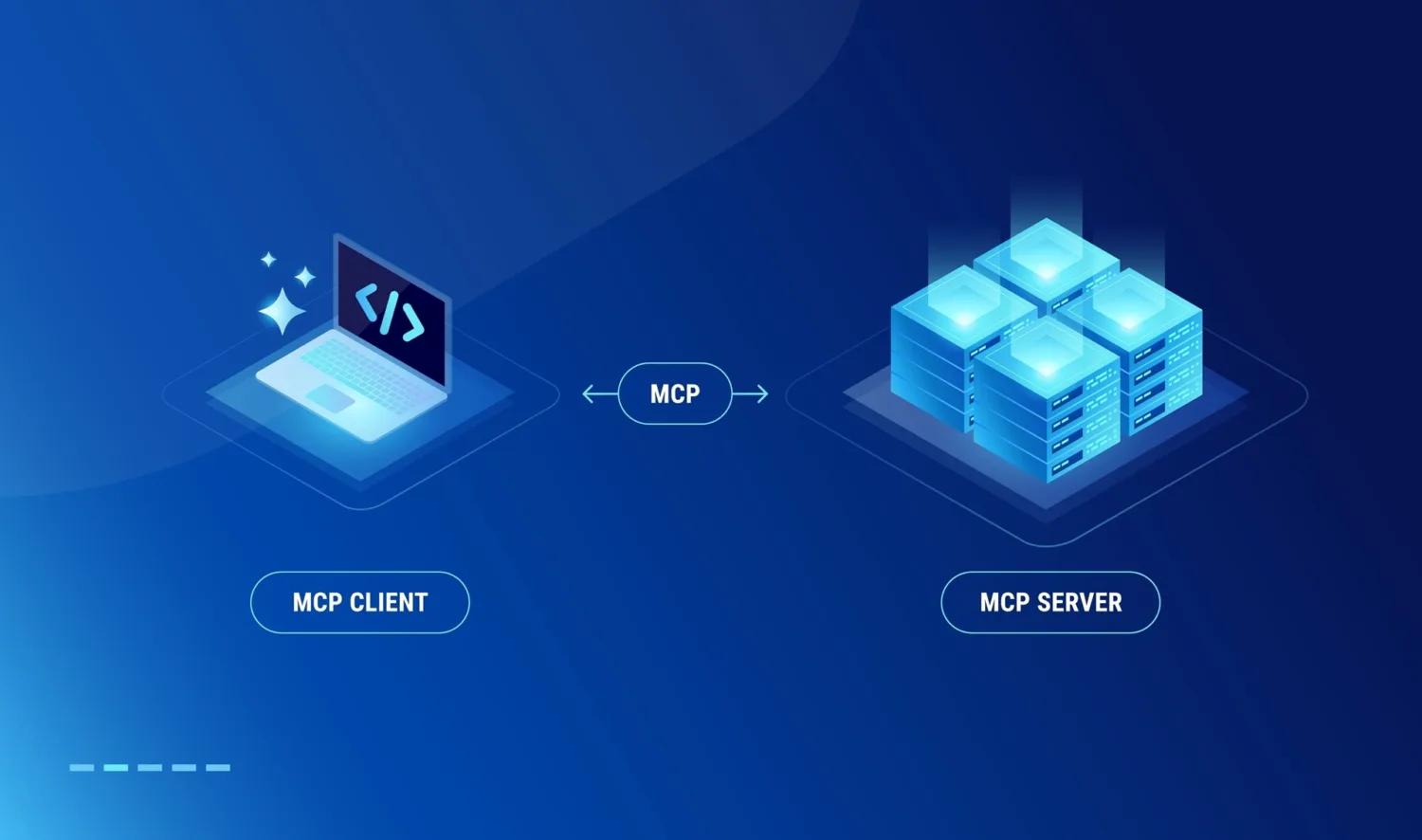Why Companies Need to Automate Their Governance Program

Is your AppSec program measuring up? Most organizations work to mature the coverage and effectiveness of their Application Security program by bringing in a progressive stack of tooling and implementing improved processes. But after a point, adding more scanners doesn’t address the root of the problem: that risk is fragmented across the SDLC and is only getting harder to handle as development continues to get more complex. As a result, AppSec teams are dealing with too many tools giving too many alerts, isolated findings lacking context, and friction in triaging and remediating issues. Engineers on the team build automations to connect the tools and aggregate results, but these ad-hoc solutions are often sub-par, unscalable, or difficult to decipher. Application Security Posture Management (ASPM) solutions have emerged from an industry need for governance to reduce complexity and risk across sprawling application architectures, dependencies, infrastructure, and scanning tooling of all stripes. ASPM is even now recommended under AWS Well-Architected DevOps Guidance.
Today, we take a look at the journey towards ASPM, and why more and more organizations are choosing this platform-based approach to security governance and posture management.
All the right scanning tools
Through careful consideration, you’ve built an inventory of scanning tools across applications, infrastructure, cloud, and more to help build software more securely. Some are integrated into the development lifecycle, while others run at various points in time. While they’re not perfect, they do a pretty good job of assessing security. From SAST to DAST, asset crawlers, CSPM, and software composition analysis, you’ve built-in tools into your workflows that will help build and keep apps secure. But is it enough?
A growing list of assets, dependencies, and infrastructure
‘Securing your software supply chain starts with understanding the underlying components that your organization builds, purchases, and uses.” – Planning Guide 2023: Security & Risk, Forrester
Alongside the spread of security tooling is the spread of your assets, dependencies, and infrastructure. Thanks to more composable application architectures, higher levels of interdependencies, cloud computing, and virtualization, building, running, and maintaining secure applications has become far more complex. With this complexity comes a need to accurately map architectures, which can be complex in itself.
Mapping not only apps but dependencies, the infrastructure apps run on, and the various controls set for each can be a near-impossible task unless you’ve built accountability from the ground up or have the right tooling to help.
Not enough orchestration
The issue with a long list of AppSec tools that will continue to grow is that the onus is on either DevOps or security to aggregate and assess the results as a whole. Not only this, developers must take care to use the tools when and where they are appropriate, which at times disrupts workflows. In some circumstances, tools are switched off or ignored altogether due to their disruptive nature or overwhelming alerting. Ultimately, the tooling landscape can become a bit messy at best, and incorrectly and barely used at worst.
Instead, there needs to be orchestration across application security tools and various controls. Automation, flexibility, and deep integration need to be key considerations in the approach to orchestration.
Ad-hoc governance
“Look at the entire spectrum and get a holistic view of the risk.” – Brian Pitts, 2023 Cybersecurity Predictions: From AppSec to Platform Tools
Most organizations with a maturing AppSec function within the business will have developed an internal governance program, along with some pieced-together, orchestrated AppSec automations. While these may suffice for now, you need to take a critical look and ask yourself the following questions:
- Can this ad-hoc governance program scale?
- Is it easy to add new applications, dependencies, and infrastructure?
- Are security findings well integrated and easy to follow?
- Are developers happy with the workflows and time spent?
- Is security happy with the configuration?
- Is the configuration easy to update, re-configure, and roll out?
- Can the configuration easily accommodate new functions, tools, business units, etc.?
- Does the configuration give an accurate overall picture of AppSec as well as drill-downs?
- Are alerts and risks well-managed under this configuration?
Moving to a full-fledged ASPM platform can eliminate many of the gotchas that organizations encounter under ad-hoc governance efforts.
Eliminate complexity and reduce risk with a vendor-inclusive ASPM platform
“Prioritize ASPM in organizations with many, diverse development teams, and especially those that use a variety of development and security tools.” – Innovation Insight for Application Security Posture Management, Gartner
Application Security Posture Management platforms bridge the gap between polished, easy-to-navigate AppSec tooling, and the polished, easy-to-navigate space that an ad-hoc governance solution typically can’t offer. They can often offer wide coverage, testing orchestration, remediation, correlation, prioritization and triage, root cause identification, and even risk management and software supply chain security.
With deep integrations and automations, ASPM solutions offer a new way of managing AppSec that goes hand-in-hand with the style and functionality of managed, orchestrated cloud services. Solutions like ArmorCode build on best practices for full tooling aggregation, triangulation, triage, and alerting, to deliver the right security findings and suggestions to the right people, in the right place, at the right time.
Ask us for a demo of ArmorCode’s ASPM solution to see just how it could fit into your organization.



